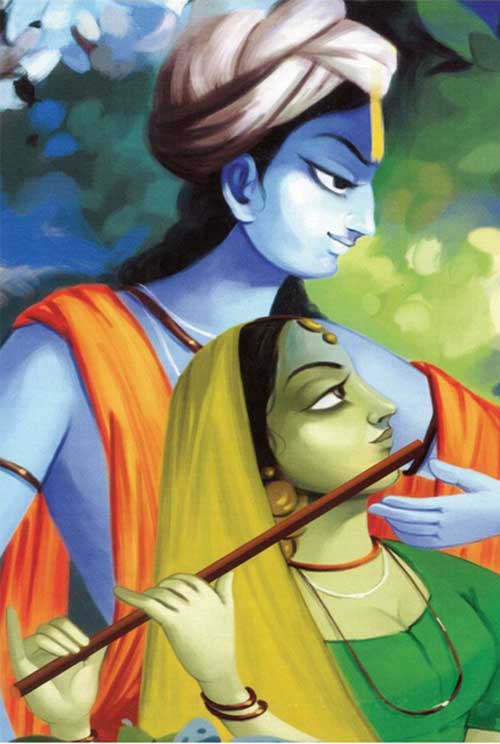Historical

Though medieval in dating as it was written during the 12th Century A.D., yet Gita- Govinda was highly modern in terms of its contents and presentation. Jayadeva gifted the character of Radha to Sanskrit literature as up to his period, there was neither a finished model of Radha nor any predecessor or prototype.
Also, unlike Christianity, Hinduism was not a mass based propagative religion. It believed in individualistic relationship with God and that also confined itself to the elites namely, Brahmins, Kshyatriyas and Vaisyas. It was mass worship and community participation in religious rites and festivals that keep a community together. Temples had to be made centers of social and cultural entertainment, so that the society would be held together with religion as the focal point. Massive Building alone would not be sufficient if items and programmes of entertainment is not made a part of the mode of worship. The soldiers of the land-based army were to stay for years away from their homes in battles.
Gita Govinda came to fill up this need wonderfully well. Coupled with the Deba Dasi System, it provided top quality entertainment to devotees, who assembled in temples in poojas. Performed by Gotipuas (dancing boys in the attire of girls), it also fulfilled needs of providing leisure time entertainment to the fighting armies. GitaGovinda made Vaishnavism more romantic than Shaivism and socially safer and more acceptable than Tantrik Buddhism. Written in Sanskrit, which was easy to understand throughout India and rhythmic and perfectly lyrical to sing, it spread to different regions of India. The first dated manuscript comes from Nepal (1248 A.D.).Gita Govinda was sung in Vaishnavite Centers of Patan in Gujrat at the end of 13th Century. Manank of Gujrat and Rana Kumbha from Rajasthan wrote major commentaries on GitaGovinda. Gita Govinda provided materials in artistic creations to Western and Central Asia. Along with Gita Govinda, Radha travelled to temples and art studies of different artists inpainting and textiles.
